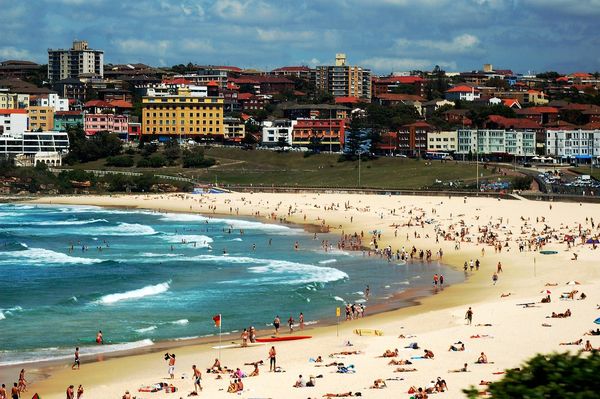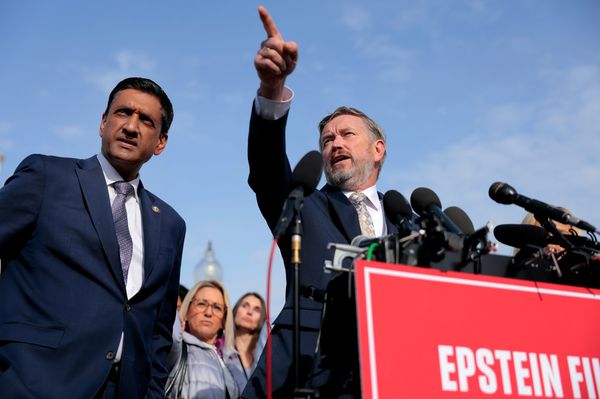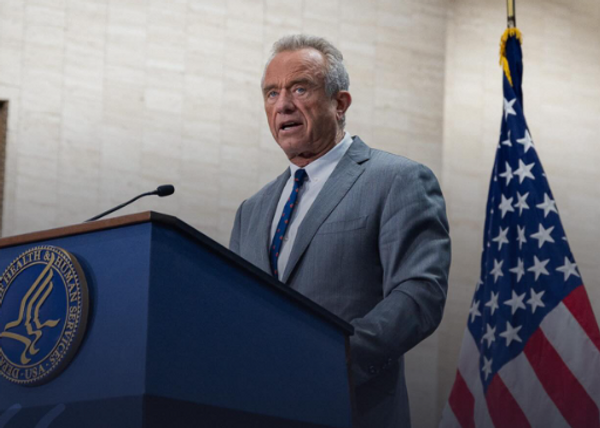
As expected, the Reserve Bank of Australia (RBA) monetary policy board cut interest rates on Tuesday. What was less expected, perhaps, was its very dovish language in the accompanying statements, which represented a significant shift in tone since the board’s last meeting.
Seven weeks ago, the RBA board sanctioned a grudging 25 basis point cut in interest rates and warned markets not to get ahead of themselves in anticipating more cuts this year. Inflation was coming down, but not enough, and it was still considered a flight risk. A great deal has changed since then on the international and domestic fronts.
Most obviously, is the disruption caused by US president Donald Trump’s rollercoaster tariff ride and, in particular, “liberation day”, when the US hit every one of its trading partners – and even some uninhabited islands – with much higher than expected tariffs. Tariff retaliation from some countries followed, and a full-on trade war with China ensued. This series of events led to significant growth downgrades across the world, including for Australia. Central banks also nervously watched selloffs in financial markets for signs of fragility.
Only a week after liberation day, Trump announced a 90-day “pause” in tariffs for most countries, taking the rate back to 10%, with the exception of China. A few weeks later, tariffs on China were “paused” for 90 days, taking them from 145% to 30%. In other words, the ground is constantly shifting, and even a best-case scenario will result in higher tariff levels around the world than were the case in 2024.
Remarkably, financial markets seem to have interpreted this pause in the most optimistic way possible and have largely recovered from their April slump. But while traders may be thinking the worst is behind us, business and consumers are showing less of these animal spirits. Likewise, the RBA.
In a statement accompanying the board’s decision, the RBA used the word “uncertainty” eight times, and in the updated statement on monetary policy, it appears 132 times. Uncertainty was also part of the conversation in February, as it has been since the start of the pandemic, but the May statement represents a big shift from the 71 appearances in February in size and, importantly, cause.
In February, the uncertainty was centred on domestic factors – such as the labour market and wages – and risks to inflation. That uncertainty was playing out more in the minds of the RBA than it was in the population. Now, its source is an unpredictable US president and how his decisions may play out for the global economy over the coming year and beyond. As businesses review their hiring and investment plans, and as consumers consider their spending decisions, caution will be the dominant factor. And that has flowed into more cautious RBA forecasts on investment, growth and even employment at the margin.
The RBA has also highlighted its concern about the uncertainty by modelling several possible trade scenarios, including one in which Australia faces a small recession. This is not the central case assumption, but the governor made clear in her post-decision press conference that the Reserve Bank is very alert to such possibilities.
The change in the RBA view over the past seven weeks, from hawkish to dovish, even saw the board consider whether cutting by 50 basis points today could be justified.
Amid discussion about the Trump trade chaos, it would have been easy to lose sight of the equally important and significant change in language around the outlook for inflation. The bank now believes we have put the inflation genie back in its bottle, and it has even nudged down its forecasts for the next two years.
Of course, the question on borrowers’ lips is: when can we expect the next rate cut. RBA modelling suggests another three cuts (of 25 basis points each) would still be consistent with inflation remaining on target.
But people looking for big rate cuts this year should be careful what they wish for.
Careful management of monetary (and fiscal) policy may have lowered inflation without sacrificing employment, but Australia now faces “a new set of challenges” for which “there is no playbook”, according to the governor.
It must seem to younger Australians that we are almost permanently in some sort of economic crisis these days. The global financial crisis, the pandemic-induced downturn and our inflation crisis, and now a breakdown in international rules on trade (and much more) are putting the global economy at risk once more.
It is certainly the case that these shocks have very different causes than the typical ups and downs of past business cycles, and they are more difficult to manage. I do not envy the job of the central bankers.
• Nicki Hutley is an independent economist and councillor with the Climate Council







